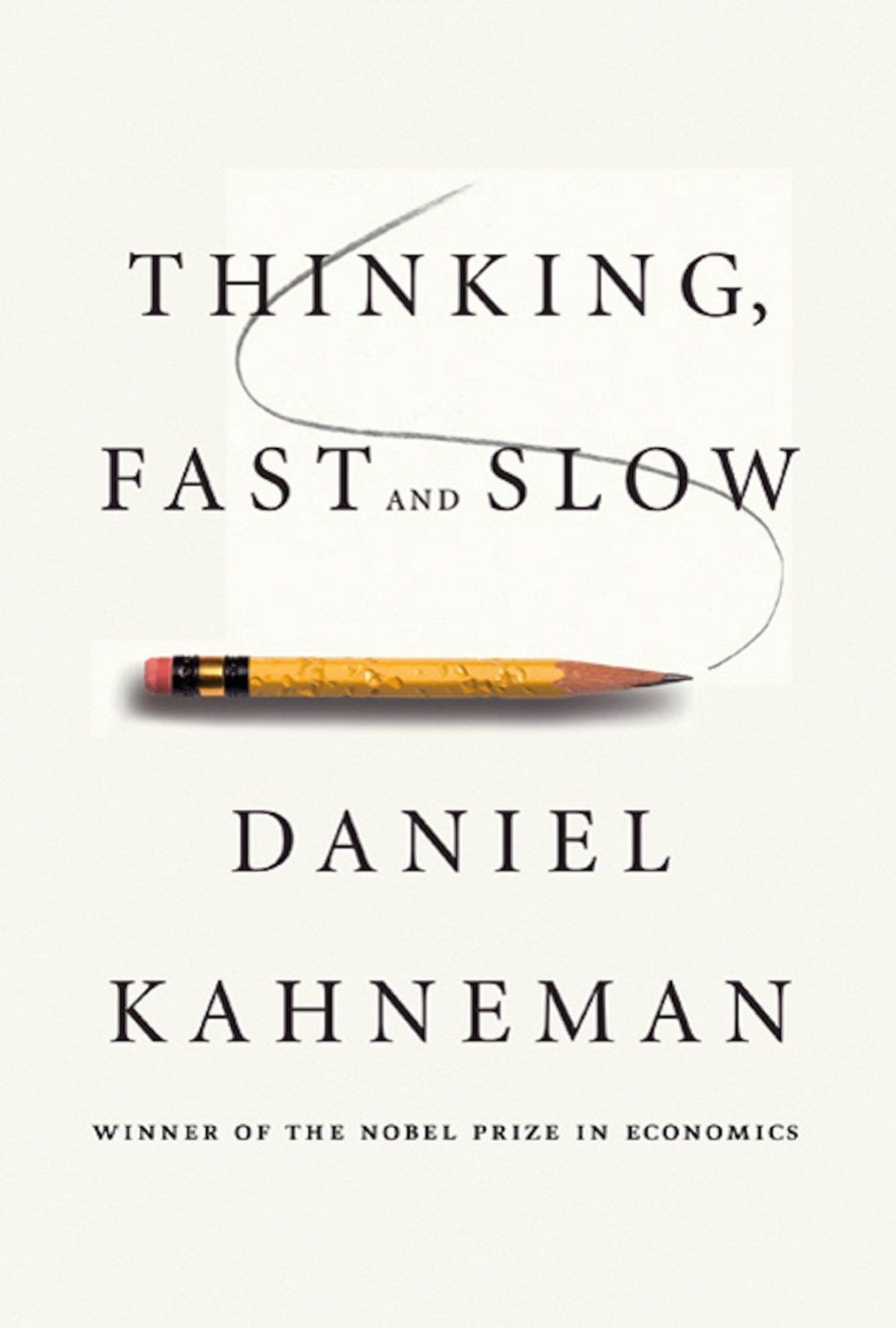In Daniel Kahneman’s famous book “Thinking, Fast and Slow“, he describes the two types of thinking that we can do:
- System 1 (fast) – The impulsive, automatic, intuitive
- System 2 (slow) – The thoughtful, deliberate, calculating
While being slow isn’t always good, us humans tend to go with the “fast” response far too often.
In Ward Farnsworth’s “The Practicing Stoic“, he has a similar comparison by explaining how the “slow” system adds a step in our thinking that the “fast” system skips. He says:
“The Stoic claim, in other words, is that our pleasures, griefs, desires and fears all involve three stages rather than two: not just an event and a reaction, but an event, then a judgment or opinion about it, and then a reaction (to the judgment or opinion). Our task is to notice the middle step, to understand its frequent irrationality, and to control it through the patient use of reason.”
Generally speaking, responding this way will gain you more respect from those around you. Donald Miller has said that “we respect people who react a little under, not over, the level of drama a situation deserves“. Showing off your temper just isn’t a great thing to do, and taking a beat to consider the middle step between the event and your reaction is a fantastic way to keep it in check.
There are times when a fast response is required, like slamming on the brakes of your car to avoid another, but most of the time the slow response will yield better results, particularly if we pay attention to our judgement in the middle.




